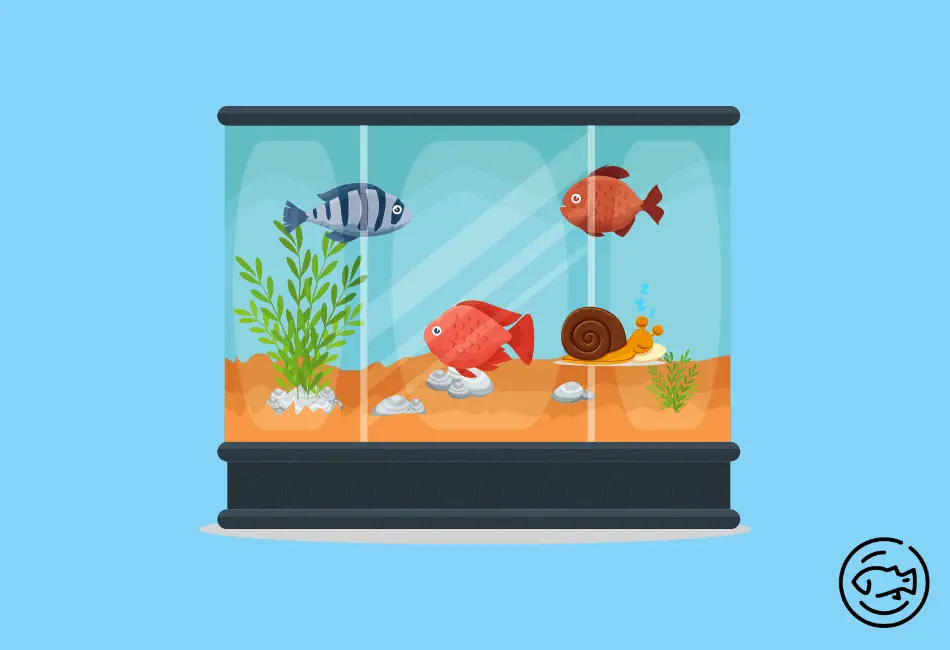Whether it’s because they’re tired or if they are trying to heal their injuries from fighting, it is unclear; what we do know for sure, though, is that their most unique behavior is sleep!
It’s often hard to tell if other animals have a sleep routine. Snails, for instance, go through a much more complex process than humans when they’re sleeping.
More and more people realize that snails can be a great addition to their home aquariums. Not only do they offer an interesting look for fish, but these little guys make excellent algae eaters! It is also easy to overlook them due to their low-to-the-ground position in the tank (and ability).
Today, we are talking about why, when & how long do snails sleep, as learning about this will surprise you!
Overview
Sleep is important to our health and well-being. It can vary dramatically between animals, like snails, in particular, who have unique sleeping patterns that are slower than any other creature on earth and who sit still for most of the time, even when they’re active!
Freshwater snails are often observed to be inactive for extended periods. Some individuals presume the worst, thinking that their pets have died, but they most likely just need some rest.
To some of us, sleeping at night and being active during the day seems like an easy way to get through your days. And this is the same for fish as well – most are diurnal like we humans do.
While we’re sleeping, our bodies are at risk. We go into an unconscious state where there’s no protection or watch over us – this could be a bigger problem for wild animals who must worry about nearby predators while they are asleep!
Fish can stay awake and aware of their surroundings, so they know how to react if a predator is nearby. This isn’t an option for snails because these creatures move too slowly!
Instead, the slow-moving creature has evolved with a shell that offers some protection until it awakens from its slumber.
The most obvious difference between snails and us is that they don’t need to sleep. This means their sleep patterns, sleep habits, etc., are very different from humans’ needs for restful slumber.
How Long Do Snails Sleep?
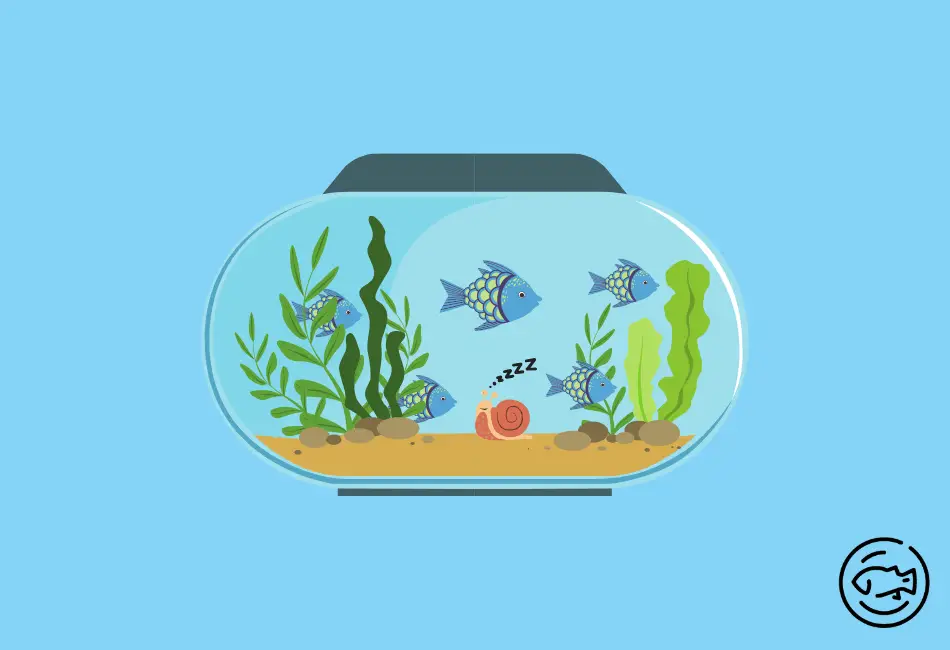
Snails’ sleep patterns are interesting and complex in nature where they have a cycle where they go to sleep for 13-15 hours on & off. Then they go for 30-hour spans, during which time the snail stays awake. Snails can also go into hibernation for periods of up to three years at once!
Snails’ sleep cycle is a lot different than that of most fish. Most fish are diurnal, meaning they’re active during the day and asleep at night, but not snails! Snails don’t have an established routine like this because their activity depends on what time it is.
If you think that snails sleep only for 24 hours, you are mistaken because a snail has sleep cycles that can last two or three days.
The average snail spends 13 hours sleeping in 7 short naps every few hours. After these naps, the snail becomes active for the next 30 hours.
If a snail cannot sleep for any reason, it can carry on as normal until its next set of seven small bouts.
Snail hibernation is an interesting phenomenon that has been widely reported. It’s estimated that most species can go into hibernation for an average period of 6 months, but some species can hibernate for up to 3 years while they’re asleep! However, this is not a common occurrence in home settings.
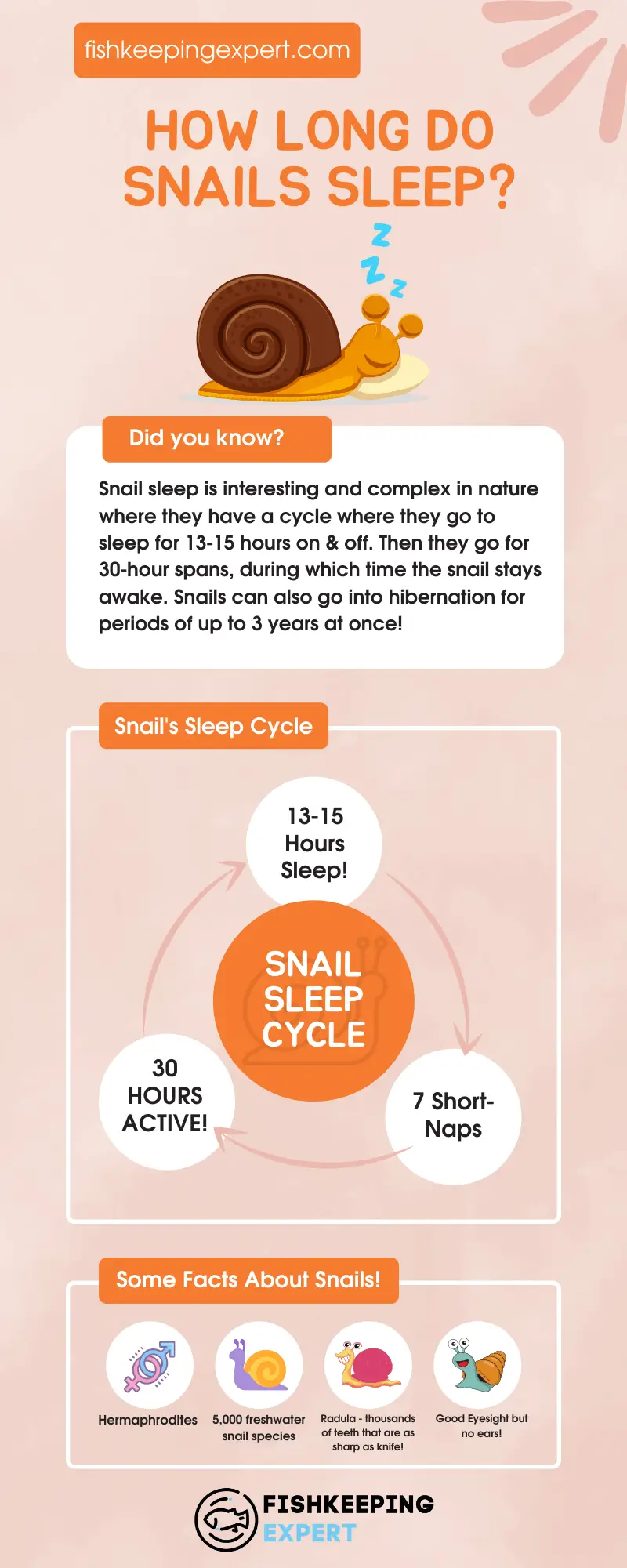
Is My Snail Sleeping or Dead?
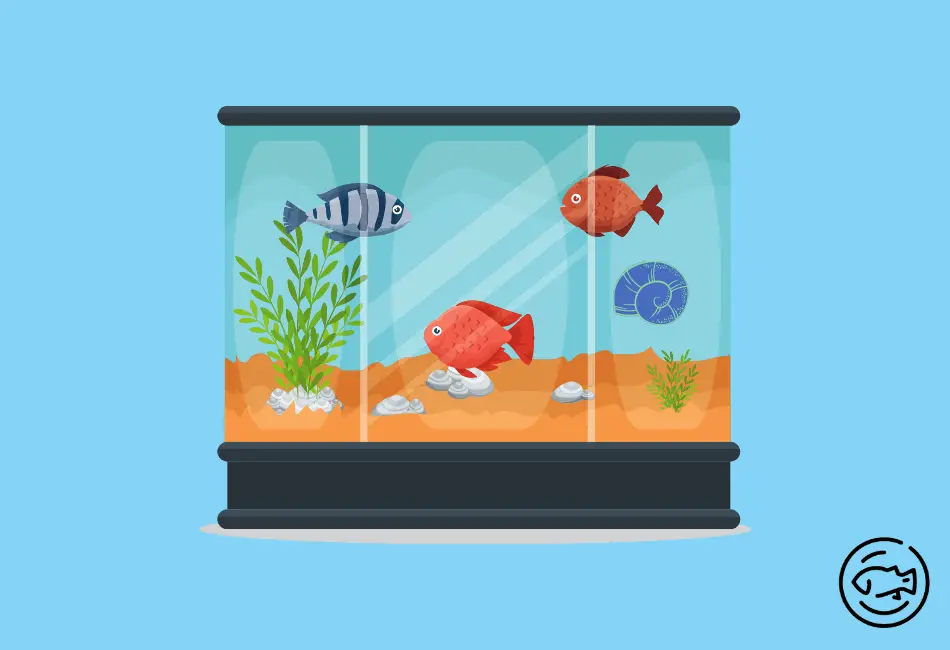
The mucus that these snail’s body produces is so adhesive that it allows them to sleep virtually anywhere. They can even doze off horizontally and also snails sleep upside down if they want!
In addition, their natural glue-down helps keep your home free from pesky insects by sticking onto anything within a range, including plants, leaves, etc.
The snails are fascinating creatures that can carry their home on their back for protection, so it sleeps wherever they’ll stop, and anywhere they like to sleep, like decorations or tank walls.
Pet snail shows a personality in an established tank and settles in one spot for deep sleep. They relax their foot and the other parts of themselves to allow relaxation after exploring the tank all day long!
It is not surprising that many snail’s sleep takes place at night. They are more active late at night in order to avoid intense sunlight, which would cause them discomfort and even pain if they were exposed for long periods during the daytime.
A sleeping snail may look like it’s a dead snail, but do not give up on them as it is just their sleeping habits.
To check if your snail is alive, carefully remove it from the water. Signs of death include an empty shell with a foul smell and lack of response when touched or upon opening up its trapdoor on top – these indicate that something may be wrong.
Marine snails are surprisingly resourceful creatures. They can use bubbles to float on the surface and wait for prey, or they might intentionally put themselves near floating objects so that air gets inside of their shells– which makes them even more lightweight than normal!
Also Read: How To Remove Tannins From Aquarium Water?
How Long Do Snails Hibernate?
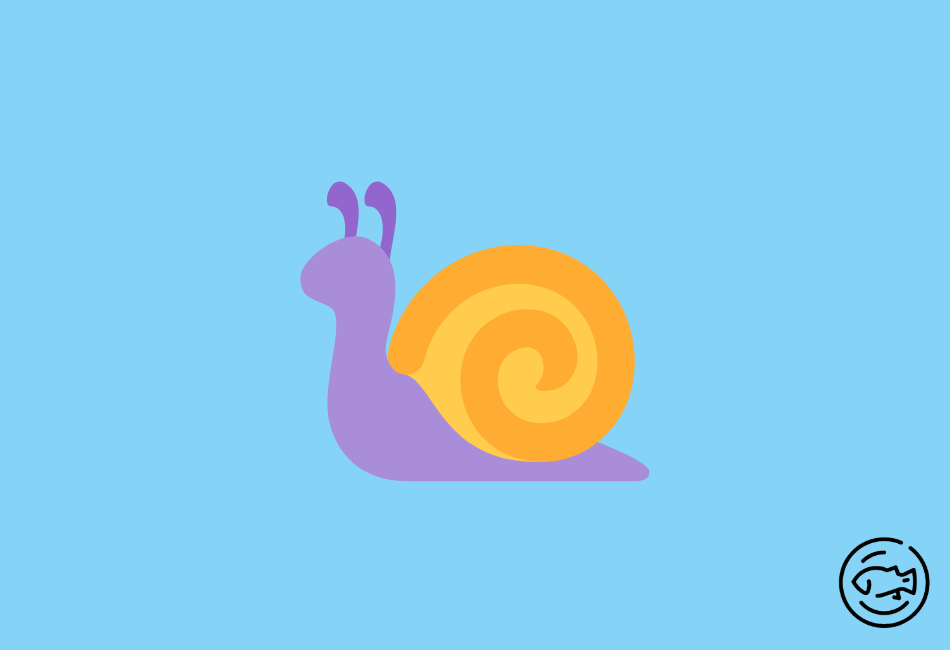
Hibernation is a common way for mammals, particularly rodents and rabbits. It’s done during colder climates when it gets too cold out, or there isn’t enough food available during the winter months because of low body temperature and scarcity of food supply.
Hibernation functions by decreasing metabolic activity to preserve significant energy because food is in short supply.
The freshwater snail goes into hibernation to save energy. It lowers its metabolic activity and decreases breathing and heart rate to survive the winter without food or water!
Snails are not known for hibernating in aquariums, as lowered temperatures generally keep the water at a consistent level in the tank.
So, to trigger their natural behavior, you can lower the temperature in your tank in the winters, but it is not necessary or recommended by us.
When you think they’re hibernating, add less food into the tank since they do not need further energy. Monitor your snail’s appetite and adjust accordingly to the weather conditions! If their food vanishes quickly, then add more. If the food remains at the bottom of the aquarium for long periods, then decrease the amount of food given to them accordingly.
Some animals go into a state called “aestivation” during the summer months. This is effectively hibernation but with lower metabolic rates that allow them to hide from the threats of high temperatures, which could dry out snails and other pests.
While Aestivation is common for land snails, it’s a rare phenomenon for aquatic snails because water parameters can help ease increased summer temperatures. Therefore, they do not go into a state of Aestivation.
Some Other Fun Facts About Freshwater Snails
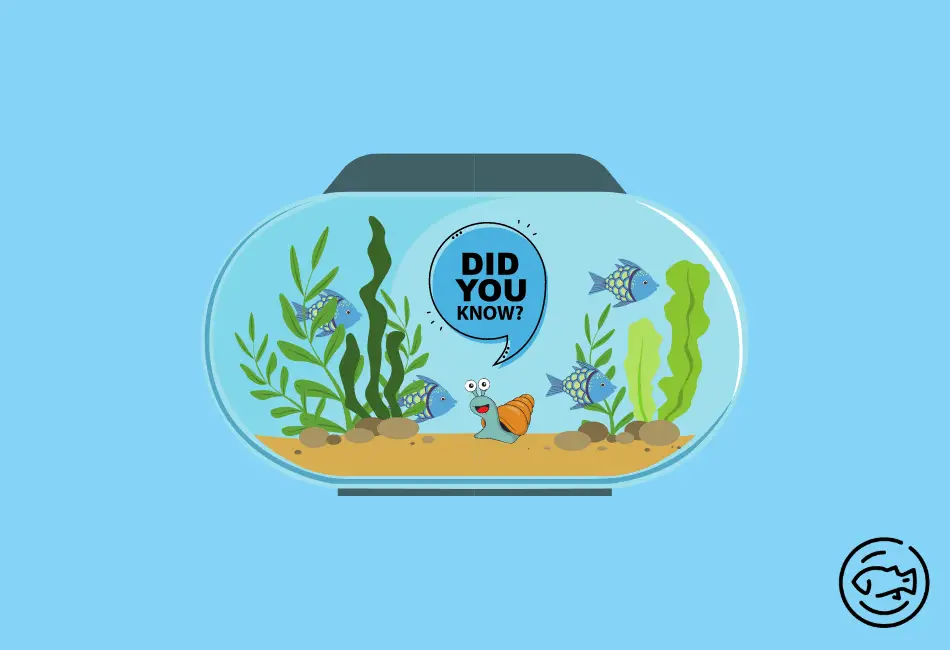
- Hermaphrodites are beasts that have both male and female reproductive organs. Most snails are Hermaphrodites, and their sleep habits are different than fish. But they still need to be paired up for mating to fertilize and lay eggs!
- The foot of the snail is what enables it to move across surfaces with ease while also sticking tightly enough so it can’t budge. A special gland in this muscular organ excretes mucus that acts like glue when wet – making movement easy for these creatures!
- Sea Snails have different methods for breathing underwater. Some, like nerite snails, use gills and exchange oxygen with their surroundings, while others, such as land snails, rely on lungs or gills, depending on what type you are looking at.
- The snail’s radula is made up of thousands of teeth, each one as sharp and capable as a knife. It can slice through anything with ease!
- Snails have good eyesight to help them avoid danger, even though they don’t have ears.
- There are 5,000 freshwater snail species living in lakes and ponds worldwide. All these molluscs fall into subclass Pulmonata. Many people don’t realize this, but many gastropod snails possess gills too!
- The United States has the most number of species of snails in the southeastern part of the country, but they’re discovered across the world. Another popular place to find diverse snail species from pond snails to ground snails is Lake Tanganyika in Africa.
Conclusion
Snails have become familiar tank mates along with different fish in the home aquariums as people have acknowledged how interesting these creatures are. Because the manner in which they sleep is unique to the fishes that you keep with them. People also wonder what snail poop looks like.
As more people realize how interesting snails can be, the aquarium industry has seen increased demand for them. They are known for being some of the most interesting creatures. Not only do they have a different way to sleep than us humans or even other fish in your aquarium, but their shells can serve as shelters from predators!
The snails’ sleep cycles are particularly strange as it switches up their body according to temperature. Hibernation is the perfect way to avoid low temperatures and a lack of food during winter.
You may have seen these strange sleeping habits if you keep snails in your home aquarium.
While you may know a lot about how long snails sleep, there’s always more to learn.


